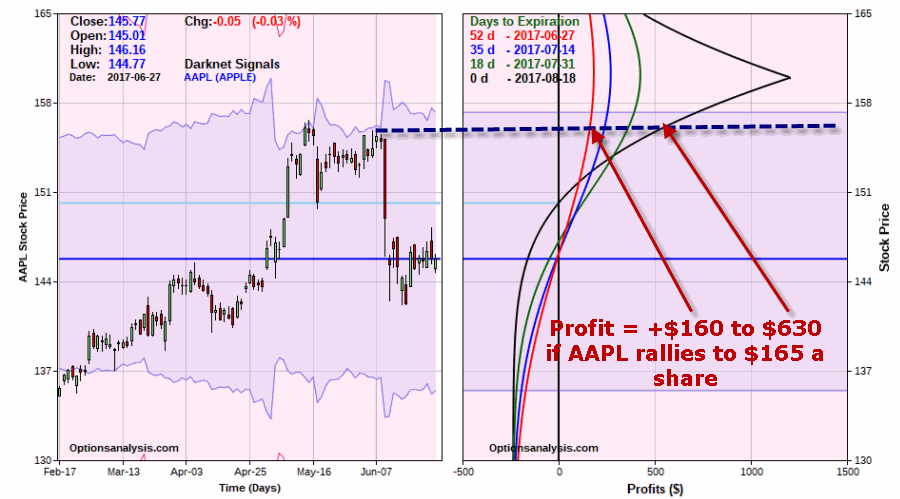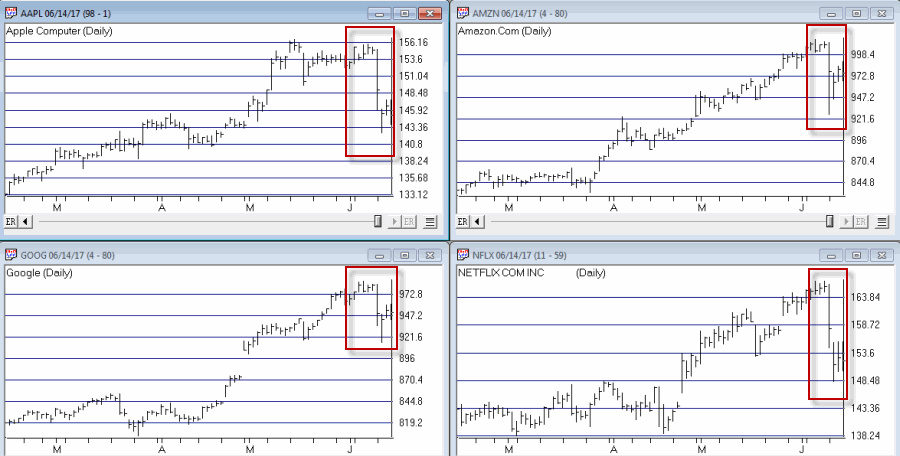It is not a little known phenomenon that the stock market has demonstrated a seasonal tendency to rally during a specific time of the summer. It is also not entirely unrecognized that the summer months are often a “snooze fest” for the stock market overall. The catch of course is that results can vary widely from year-to-year.
Still, in looking for an “edge” wherever we can find one, it probably doesn’t hurt to know the difference between the “Summer Rally Period” and “The Rest of Summer.”
(See also The Post-Election/Year ‘7’ Bermuda Triangle)
The Summer Rally Period (SRP)
The SRP begins at the close on the fourth to last trading day of June and extends through the close on July trading day #9. For 2017, that means buying at the close on 6/27/2017 and selling at the close on 7/14/17.
Is this really a good idea? I’ll show you the numbers and you can make up your own mind (you know the old “We report, you decide” model, versus today’s more common journalistic model of “We decide and then we report our decision to you”). We will use the Dow Jones Industrials Average daily price data going back to 1934 for our test.
Here is the primary takeaway:
*$1,000 invested in the Dow ONLY during the 12-day SRP grew to $7,705
*$1,000 invested in the DOW ONLY during ALL OTHER trading days during the months of June, July and August declined to $962
To put it another way, during the SRP the Dow gained +671%, and during all other summer trading days lost -4%. The difference between +671% and -4% is what we “quantitative types” refer to as “statistically significant”.
More numbers:
| Measure | Summer Rally | Rest of Summer |
| Average %+(-) | 2.7 | 0.2 |
| Median % +(-) | 2.9 | 0.2 |
| Maximum Gain | 21.1 | 22.7 |
| Maximum Loss | (12.6) | (18.1) |
| # times UP | 62 | 44 |
| # time DOWN | 21 | 39 |
| % times UP | 74.7 | 53.0 |
| % time DOWN | 25.3 | 47.0 |
Figure 1 – Summary Results
As you can see in Figure 1, the SRP has showed a gain roughly 3 out of 4 years, versus much closer to 50/50 for all other summer trading days.
Figure 2 displays the annual results for the Summer Rally Period and Figure 2 displays the annual result for all other trading days of summer. Figure 2 – Summer Rally Period Yearly% +(-); 1934-2016
Figure 2 – Summer Rally Period Yearly% +(-); 1934-2016 Figure 3 – All Other Summer Trading Days (June/July/August) Yearly% +(-); 1934-2016
Figure 3 – All Other Summer Trading Days (June/July/August) Yearly% +(-); 1934-2016
Figure 4 displays the growth of $1,000 invested in the Dow during the Summer Rally Period versus all other trading days of summer. Figure 4 – Growth of $1,000 invested in Dow during Summer Rally trading days ONLY (blue) versus all other trading days for June/July/August; 1934-2016
Figure 4 – Growth of $1,000 invested in Dow during Summer Rally trading days ONLY (blue) versus all other trading days for June/July/August; 1934-2016
(See also Four Things to Watch for Warning Signs)
Summary
So will the SRP in 2017 be one of 75% up years or one of the 25% down years? Ah, there’s the rub. There is no way to predict for sure. 75% represents good odds – but it is no “sure thing”. Still, the long-term results clearly seem to favor this narrow 12 day period, particularly vis a vis all other trading days of June, July and August.
Jay Kaeppel
Disclaimer: The data presented herein were obtained from various third-party sources. While I believe the data to be reliable, no representation is made as to, and no responsibility, warranty or liability is accepted for the accuracy or completeness of such information. The information, opinions and ideas expressed herein are for informational and educational purposes only and do not constitute and should not be construed as investment advice, an advertisement or offering of investment advisory services, or an offer to sell or a solicitation to buy any security.


























